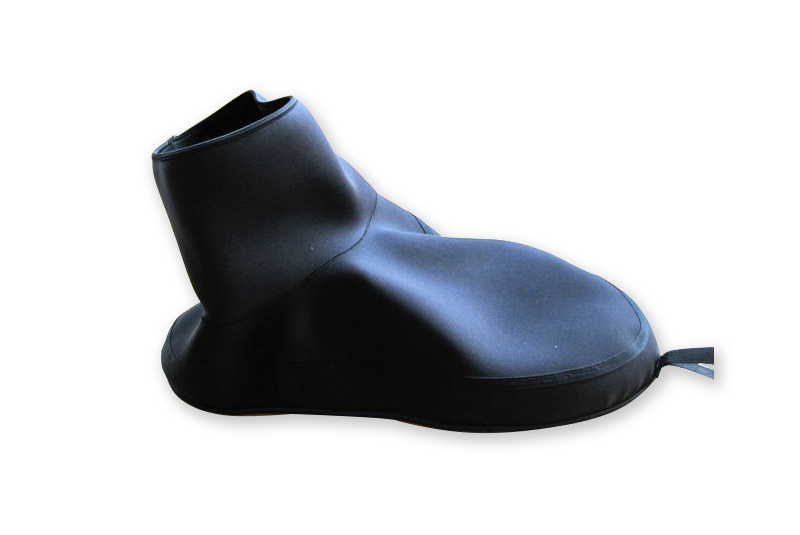
Kayak espre manifaktirè jip pran ou yo konprann enpòtans ki genyen nan ekipman espò
Kayakers should not rely solely on gear but should also test and practice using their equipment in various conditions.
All About Kayaking And Water Sports

Kayakers should not rely solely on gear but should also test and practice using their equipment in various conditions.
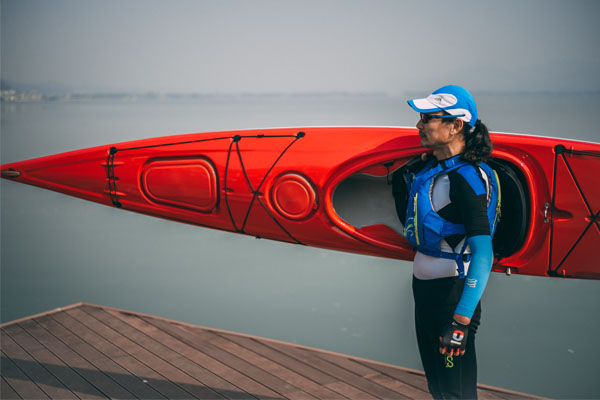
Single seat kayak manufacturers advise wearing protective clothing, eating well before kayaking, securing life jackets tightly, ensuring kayaks are fully inflated, adapting to water temperature, and safely storing valuables to prevent misunderstandings and ensure safety while kayaking.
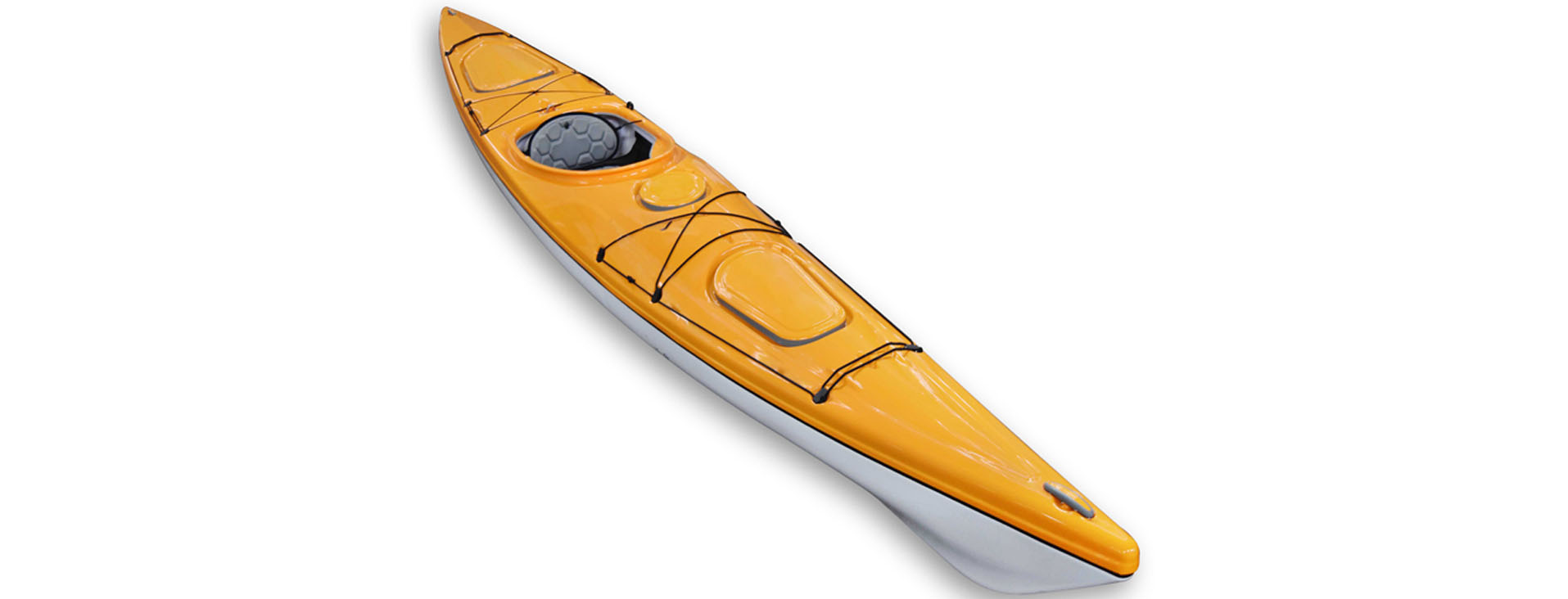
Learn about the classification of kayaks, including single, double, and four-person boats, along with obstacle slalom events, and their respective specifications and Olympic inclusion.
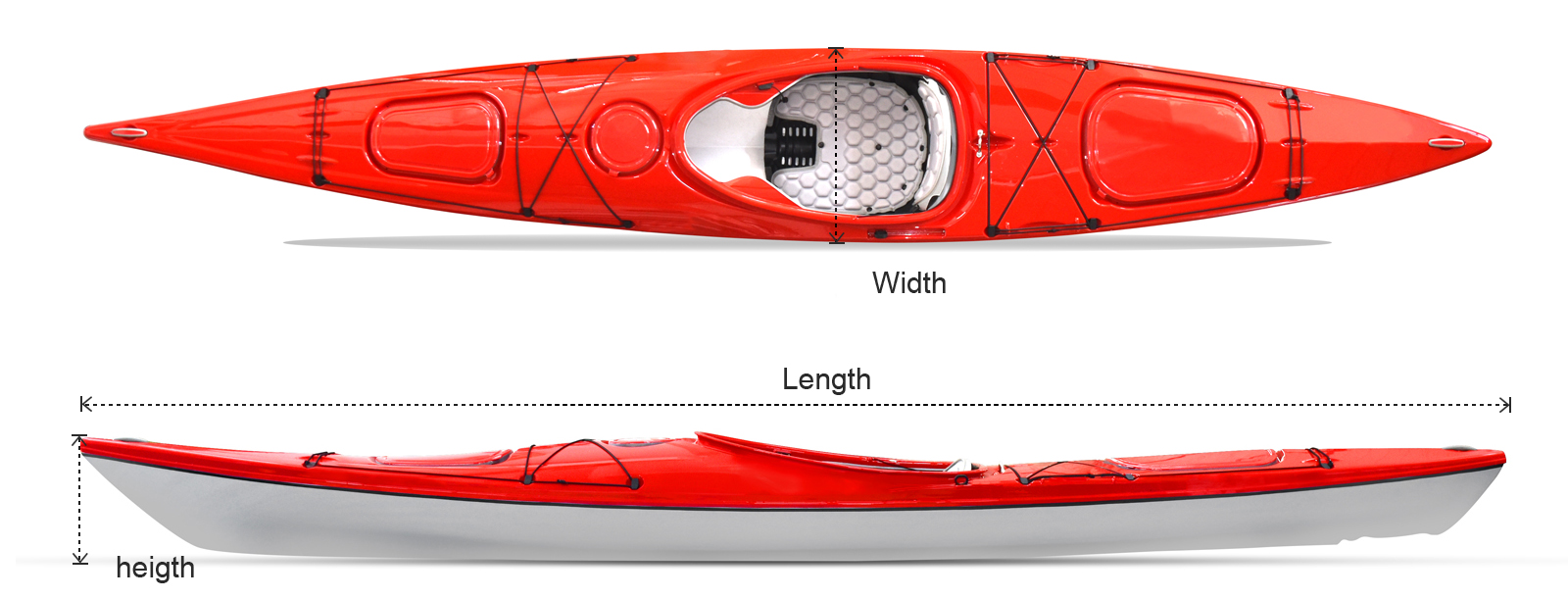
Learn to row a single-seat kayak in a kneeling position with alternating forehand and backhand strokes to maintain a straight line, utilizing both sides evenly for effective propulsion.
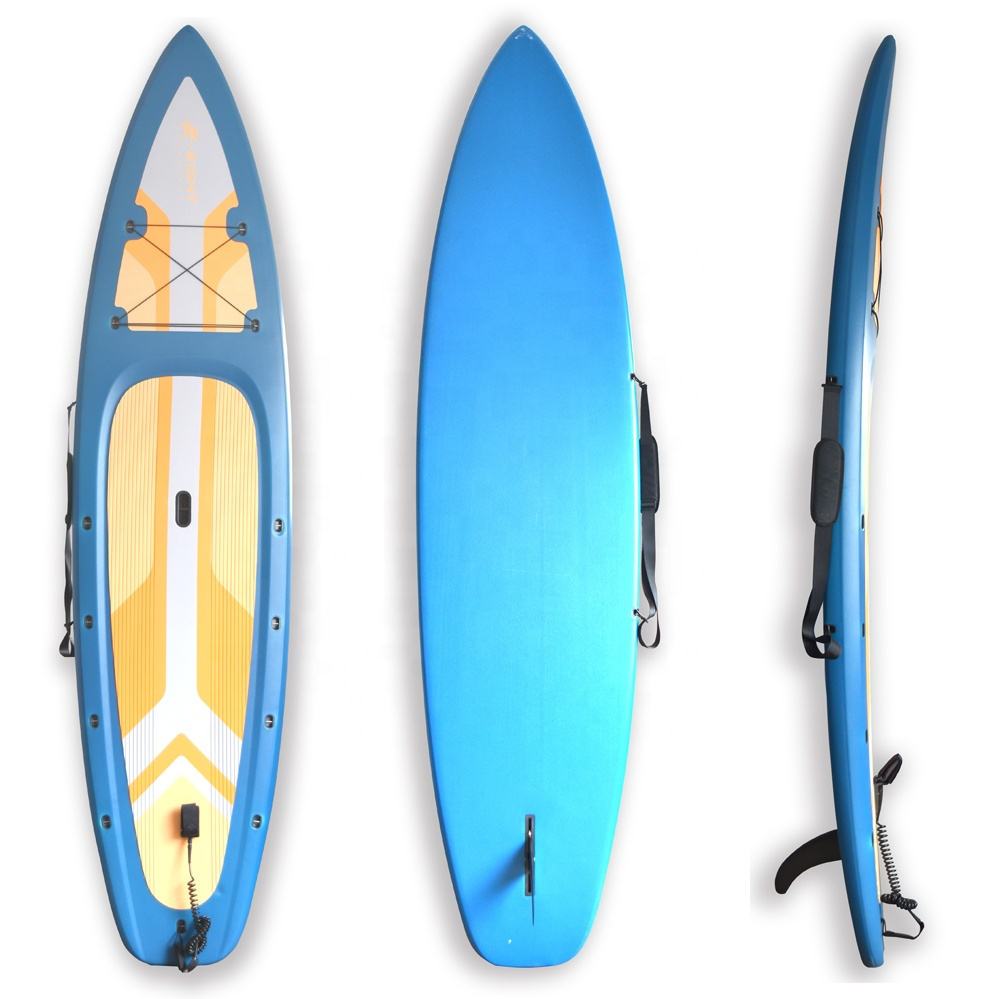
When first trying a touring paddle board, choose calm waters free of obstacles, ensure inflatable boards are properly inflated, wear a life jacket and foot rope, and practice kneeling for balance before standing and paddling, while preparing for potential falls by aiming to land in the water rather than on the board.

Touring paddle boards are gaining popularity due to their ease of use and suitability for urban water activities, driven by post-pandemic outdoor enthusiasm, though the market remains niche and requires adaptation and innovation from manufacturers and entrepreneurs.
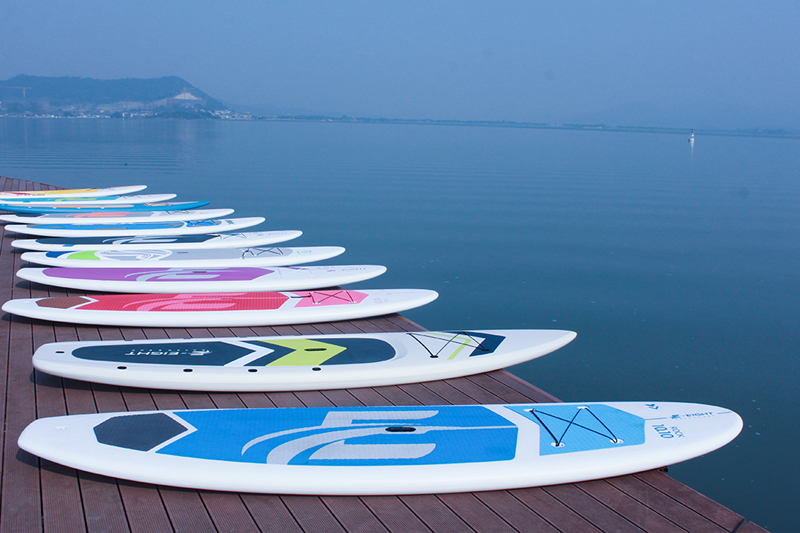
When choosing a touring paddle board, consider your body size, the board’s volume and load capacity, the intended water conditions, storage and transport logistics, and opt for an inflatable board for easier transport in windy areas.
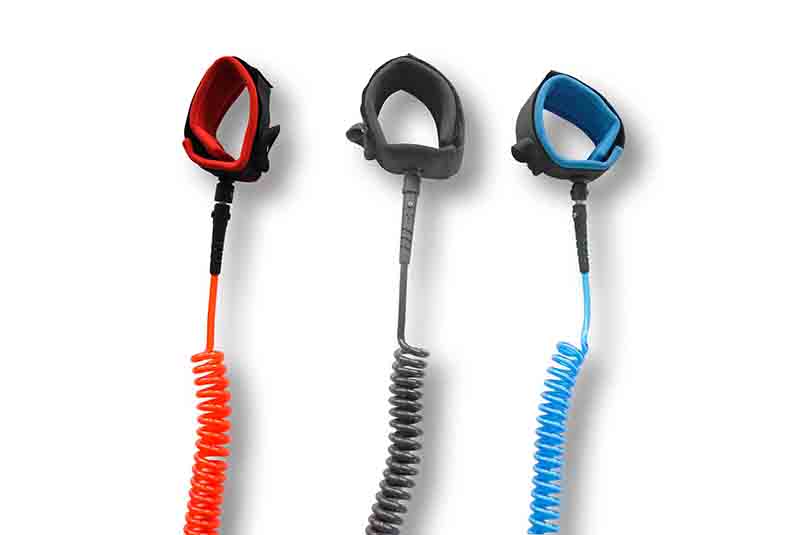
Kayaking and rowing are distinct water sports, both collectively referred to as kayaking, with kayaking involving alternating paddling while seated, and rowing involving paddling on one side while kneeling; kayaks originated from Eskimos in Greenland and rowing boats from Canada, with kayaking becoming an Olympic sport in 1936.
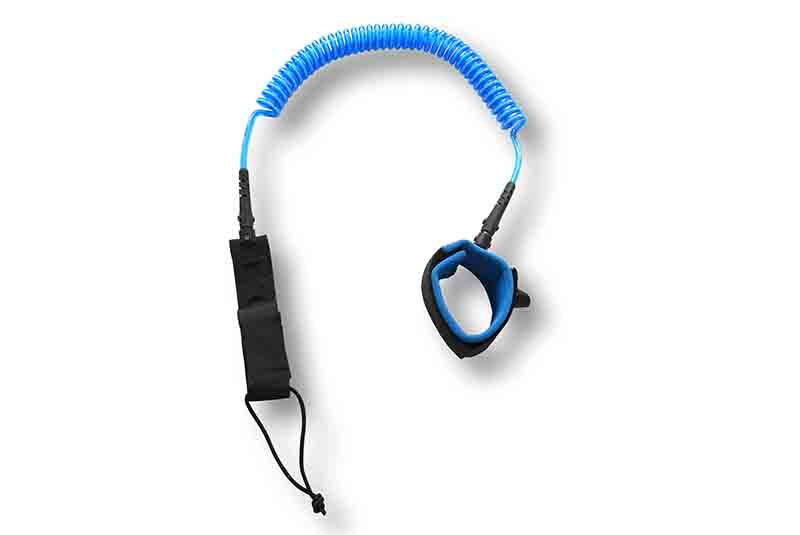
Beginners in kayaking should avoid the sea due to strong winds and waves, opt for still waters or slow rivers, use entry-level kayaks, and if going to sea, stay near-shore with appropriate safety gear such as waterproof skirts or platform boats.

The original kayaks, used by Eskimos in North America, were made with animal bones and skins, while modern kayaks typically use wooden frames with aviation plywood or fiberglass hulls, as adapted by McGregor in 1965 for tourism and sports.
Nou pral reponn ou pi vit ke posib nan 24 Orè pou resevwa Imèl, Tanpri peye atansyon a imèl la ak sifiks la "@Ridgeside-paddle.com".
Tou, ou ka ale nan la Kontakte paj, ki bay yon fòm plis detay, Chèche plis pwodwi wholesale bezwen ak ODM/OEM personnalisation.
Yo nan lòd yo konfòme li avèk lwa pwoteksyon done, Nou mande ou revize pwen kle yo nan popup la. Kontinye itilize sit entènèt nou an, Ou bezwen klike sou 'Aksepte & Fèmen '. Ou ka li plis enfòmasyon sou Règleman sou enfòmasyon prive nou an. Nou dokimante akò ou epi ou ka patisipe soti nan ale nan règleman sou vi prive nou yo ak klike sou widje a.